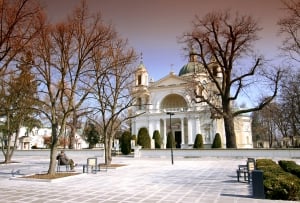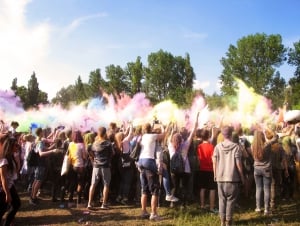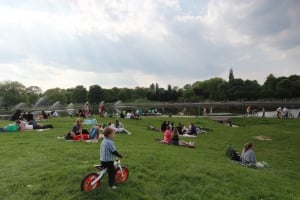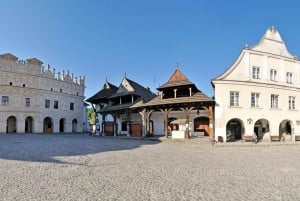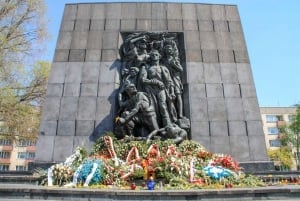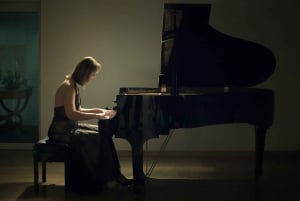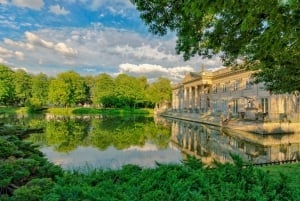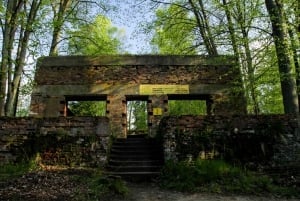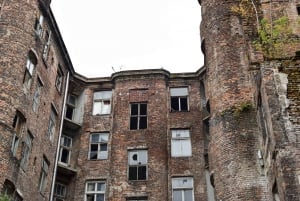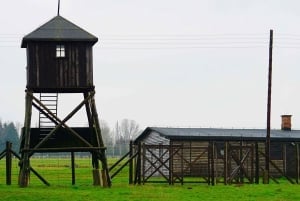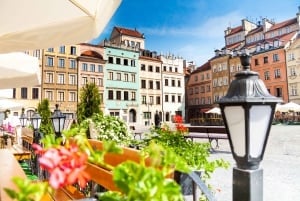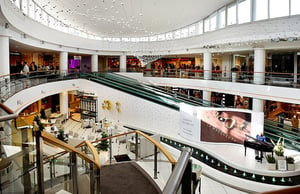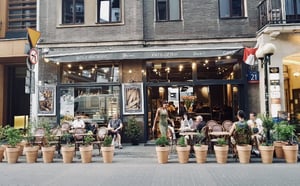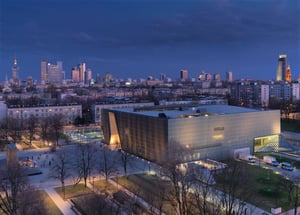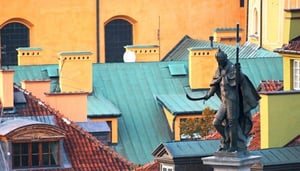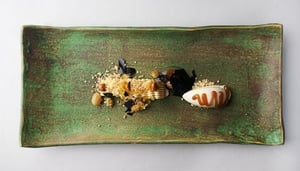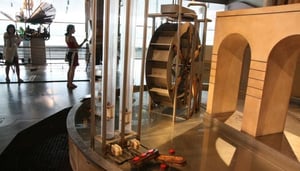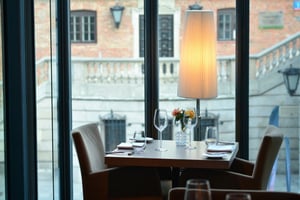South Warsaw
WILANOW
Wilanow is located at the southern end of the Royal Route on the opposite end of a route which comes from the Old Town from sights as the Barbican and The Royal Castle. Wilanow is famous mainly for the stately royal palace and gardens which has been dubbed the Polish Versailles. It has three long galleries of arched windows facing onto an impressive garden.
This palace was built for King Jan III Sobieski. Perhaps the most famous victory is when he rescued Vienna from the Turks in 1683, an event that is extremely important in European history. There are many details in both the exterior and interior which celebrate his famous victories and illustrious life. When he died, the palace changed hands many times and was frequently used as a summer residence for Polish nobles.
The architecture is unusual because it incorporates the style of Polish manor houses with Western European style and design. The gardens were previously designed in the Italian Baroque formal but are now designed in the French geometrically-planned style. After exploring the rich collection in the interior of the palace, it is very pleasant to walk around the garden and marvel at the exterior of the palace as well as the layout of the garden. As it was not really damaged during World War II, it serves as a testimony to Poland’s rich past.
Wilanow Palace & Park, Warsaw
Another interesting reason to visit is the Poster Museum which has the largest collection of poster art in the world with over 55,000 works of international poster art. It is a branch of the National Museum in Warsaw and the 20th century Polish poster art with over 30,000 pieces from 1892-2002 is well worth having a look at. Pictures from the Soviet era which advertise Poland as a holiday destination are particularly interesting. There is a permanent exhibition as well as changing temporary exhibitions and shows such as the International Poster Biennale which has been held there since 1992 and is considered one of the most prestigious awards in poster art.
For more information on Wilanow click here.
MOKOTOW
The buildings in Mokotow are diverse. Some parts of this vast area are occupied by villas, some of which contain embassies, while others contain blocks of concrete slabs. According to real estate specialists over half of the first-class apartments in Poland can be found in Mokotow. There are also many historical buildings and public utilities here such as: the National Library, Warsaw University of Technology, Telewizja Polska (Polish national television station), Warsaw Agricultural University, the School of Economics and even a closed ski jump. There are lots of green areas like: Pole Mokotowskie, Morskie Oko Park, Olga and Andrzej Malkowski Square, Arcadia Park, Sluzewiecka Valley and a large area of allotments in Krolikarnia.
There are also many areas of water, the largest being Lake Czerniakowskie which belongs to the urban nature reserves. The metro line runs through Mokotow and connects it on the right side of the bank to the Siekierkowski Bridge that was opened in 2002.
URSYNOW
Ursynow is the largest residential area in the capital. Recently the ‘bedroom district’ has begun changing due to the opening of shopping centres (mainly supermarkets), entertainment (Multikino) and public institutions such as the Centre of Oncology, Warsaw Agricultural University and private institutions of public learning such as the Family Covenant School, University of Economics and Computer Science and the Academy of Personnel Management. The Warsaw metro line begins at Ursynow.
In this area there are a number of important sights such as the palace and park at Natolin, St. Catherine’s Church, the Church of the Assumption, Sluzewiec Racecourse, the Botanical Gardens, Kabacki Forest Nature Reserve, the Oncology Centre, the School of Agriculture, shopping centers and cinemas.



